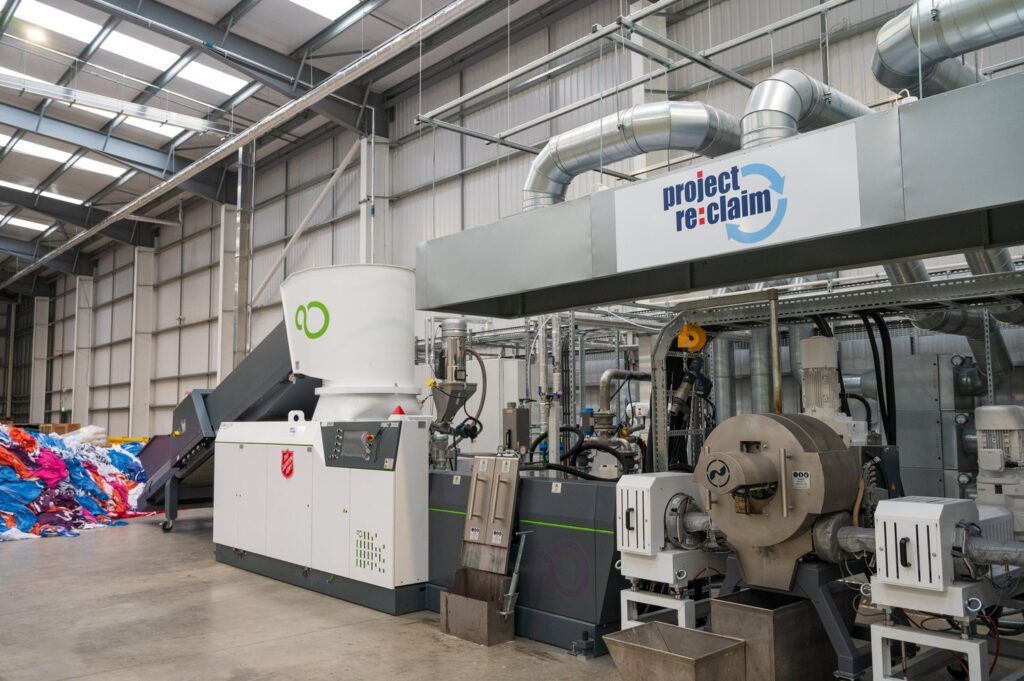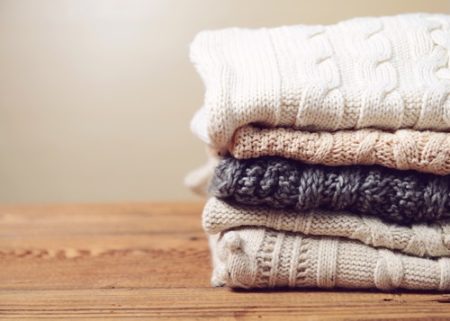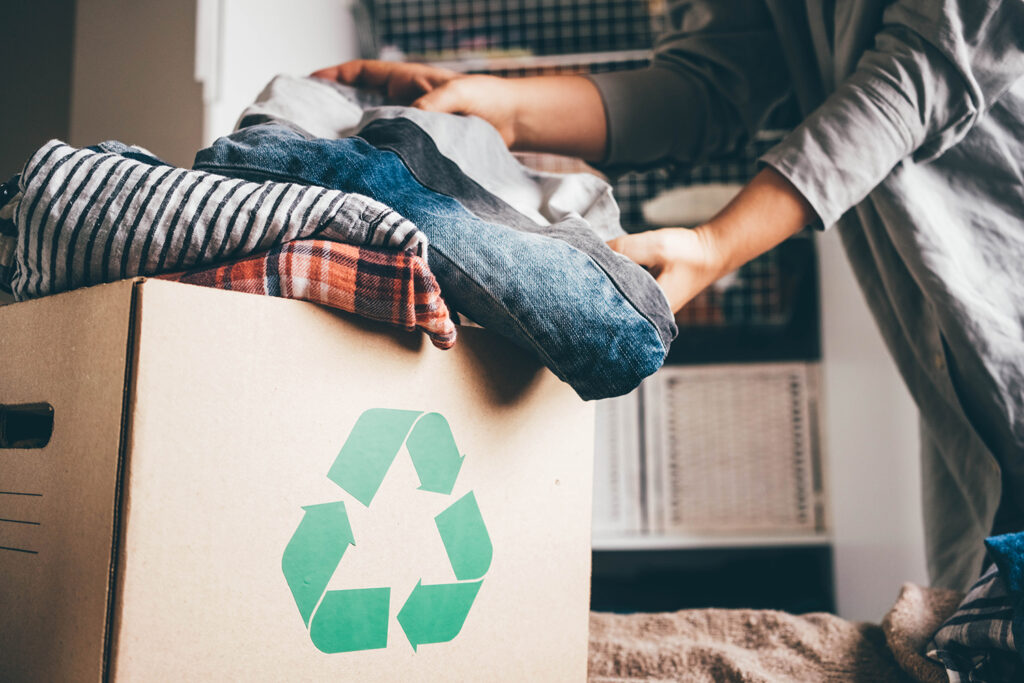The BIR believes a recycling tax or fee on new textiles is the solution to difficulties in the textile recycling industry. It is currently drafting a strategy on implementing a subsidy scheme to be presented to the European Commission.
The organisation said: “The introduction of a recycling tax or fee on new textiles should be envisaged. According to the principle of producer responsibility, this tax should be paid either by the producer or the importer and would fund a budget that could finance collection, sorting, recovery or disposal of the bad quality material.”
Following an emergency meeting called to discuss “deteriorating market conditions” in the secondary textiles sector, president of the BIR textiles division, Frithjof Schepke, said more than 100,000 jobs were at stake in the secondary textiles sector if immediate action was not taken.
At the meeting representatives from collection, sorting and recycling companies and national federations agreed financial aid should be given to grading and sorting companies towards disposal of unusable clothing. This money would come from a producer responsibility agreement, in which shoe or textile producers would pay a fee per kilo of clothing produced.
Closures
The BIR said that the secondary textiles sector had not generated any profit for two years and predicted that company closures across the EU in 2003 could reach 30% – a third of all European textiles recyclers.
It added: “Both structural and economic problems have been attacking a sector which, over decades and even centuries, has ensured the environmentally friendly and economically viable recycling and re-use of vast amounts of old clothing.
“Until recently, the secondary textiles industry was able to survive because profits from the sale of second hand clothing helped to cross-finance the recycling of poor quality textiles. In collected original material, the percentage of good qualities (that could be sold as second hand clothing) used to be 60% versus 40% of poor qualities that were recycled or disposed of. Today, this ratio is inversed.”
It added: “This equation can obviously not work and the companies have to inject money to collect, package, transport, sort and market the merchandise.”
The BIR said profits had “virtually disappeared” from the industry because of competition from cheap new clothing from Asian countries, the abolition of preferential export tariffs for some Eastern European countries, a drop in used clothing quality and “ill-conceived” EU waste regulations.











Subscribe for free